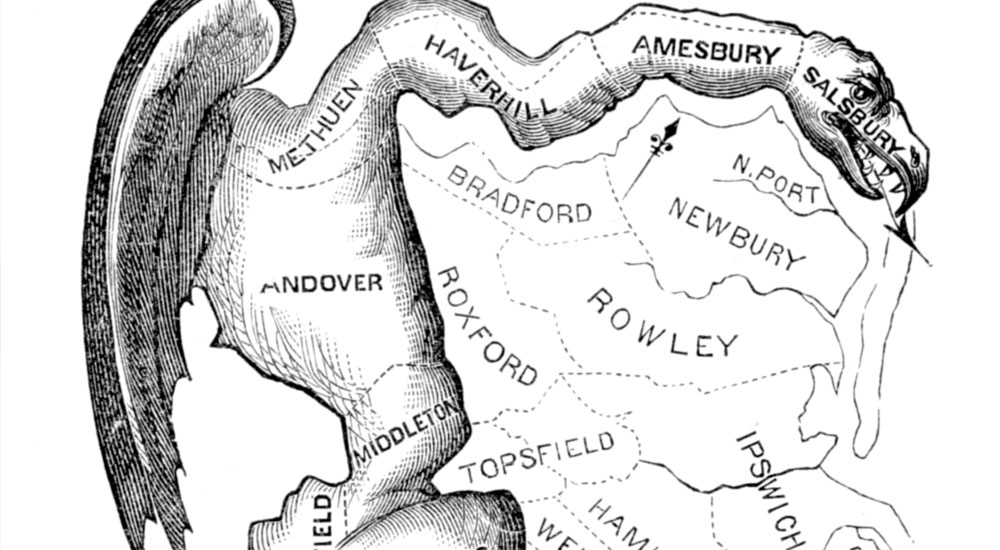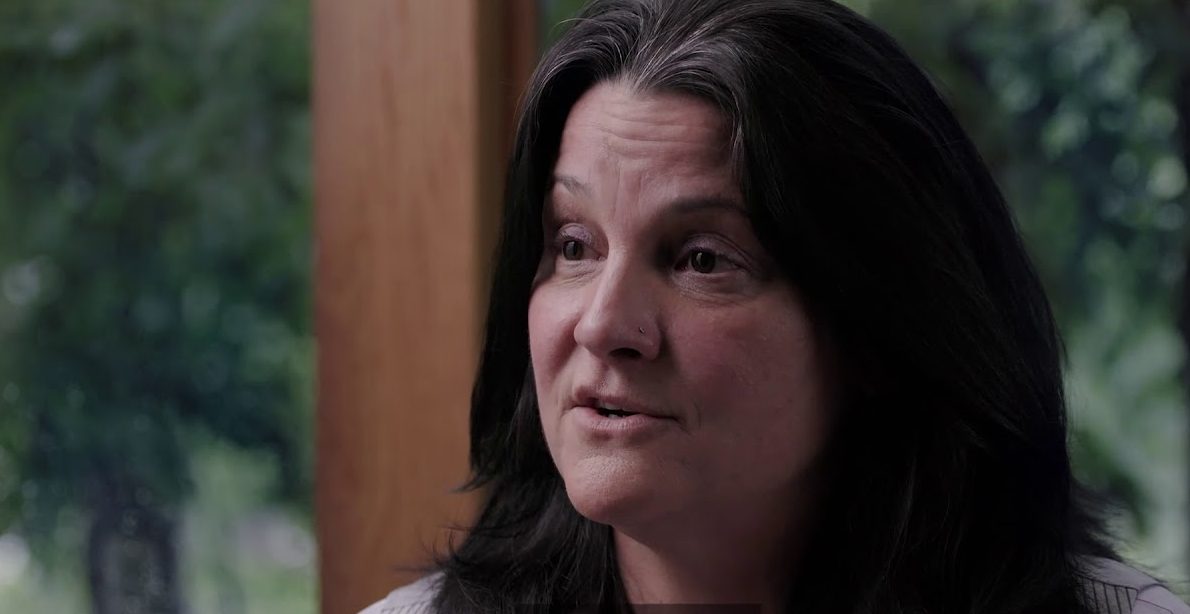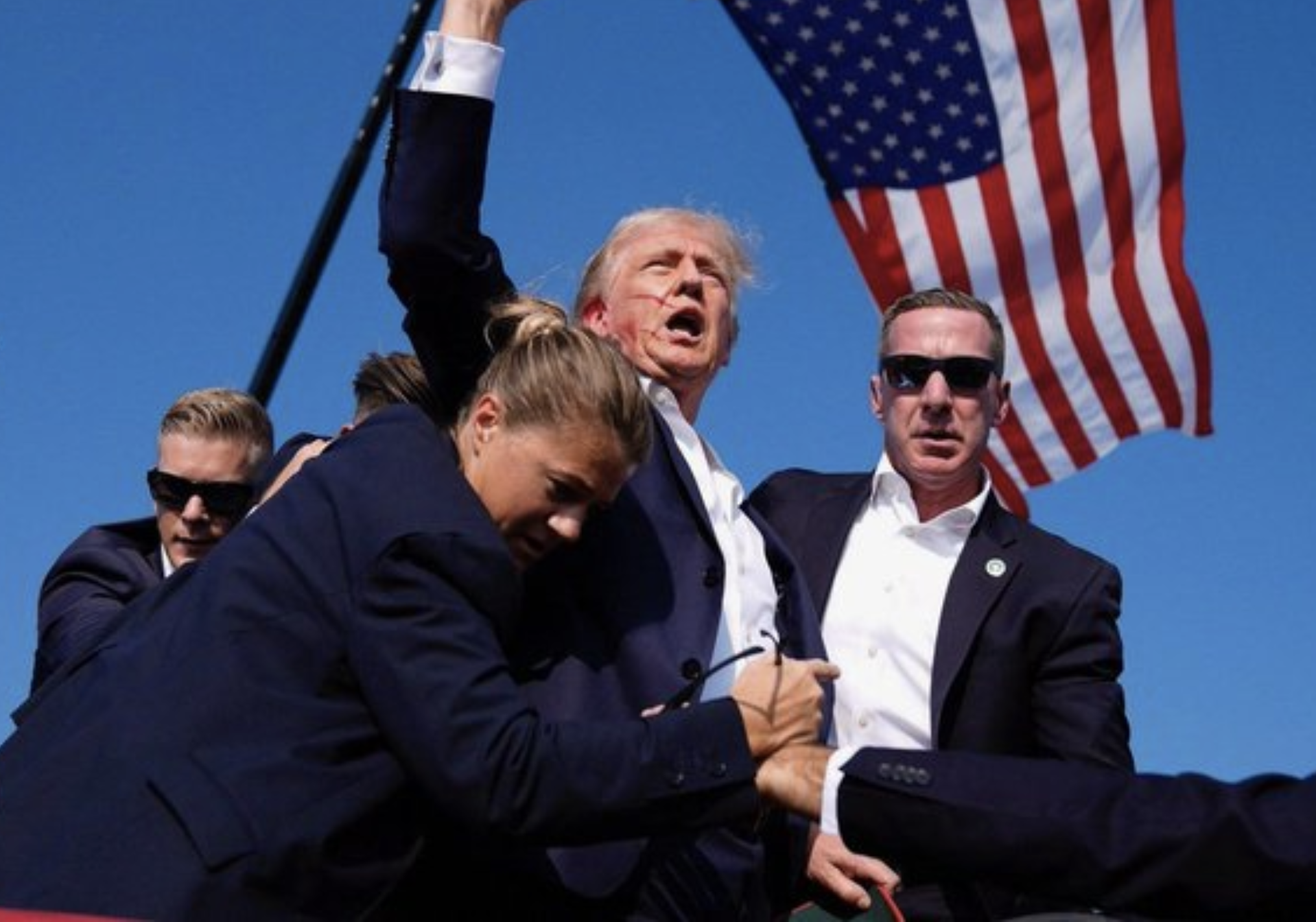A new way of picking candidates in elections is getting off the ground in Utah, where the state’s Lieutenant Governor’s Office recently implemented rules for a new pilot project to allow “ranked choice voting” across cities in Utah ahead of their 2019 elections. Experts and advocates for the program claim it will increase voter participation among the public, provide a better variety of candidates for elected office, and reduce levels of political tribalism.
This preferential style voting is different than traditional “winner takes all” ballots. Maine has also implemented ranked choice voting in general elections. Some localities in Colorado, California, and Minnesota have enacted the process in smaller elections.
According to Ballotpedia:
“A ranked-choice voting system (RCV) is an electoral system in which voters rank candidates by preference on their ballots. If a candidate wins a majority of first-preference votes, he or she is declared the winner. If no candidate wins a majority of first-preference votes, the candidate with the fewest first-preference votes is eliminated. First-preference votes cast for the failed candidate are eliminated, lifting the second-preference choices indicated on those ballots. A new tally is conducted to determine whether any candidate has won a majority of the adjusted votes. The process is repeated until a candidate wins an outright majority. This system is sometimes referred to as an instant runoff voting system.”
For example, Democratic congressional candidate Jared Golden defeated Republican Congress Bruce Poliquin (ME-2) on Thursday in the nation’s first use of ranked choice voting for a congressional race, according to Roll Call. The Democrat won just over 50 percent of the vote in the first round, meaning thus far, eight days after Election Day, Democrats have picked up 35 seats in the House of Representatives.
Regardless, what is the deal with ranked choice voting?
There are certain situations, like in current times, where the two major party candidates – Republican and Democrat – appear to be disappointing, even solely unlikable. One upside to ranked choice voting would be that voters could express their dissatisfaction with particular candidates without nullifying the numerical value of their vote. On the other side of that, candidates would have to perform in a different manner, appealing to the largest portion of the electorate as would be feasible.
In 2017, there was an attempt to institute the preferential voting practices in the Commonwealth. House Bill 2315, introduced by Delegate Nick Freitas (R-Culpeper) would have enacted RCV in all statewide elections for the U.S. Senate, House of Representatives, and the General Assembly.
The bill read:
“With instant runoff voting, voters rank the candidates for each office in order of choice, and only the candidate receiving a majority of the votes for such office is declared the winner. Ballots are initially counted as one vote for the first-choice candidate on the ballot; if no candidate receives a majority of the first-choice votes, additional rounds of ballot counting are required. In subsequent rounds of counting, each ballot is counted as one vote for that ballot’s highest-ranked advancing candidate and the candidate receiving the fewest votes is eliminated, until one candidate receives a majority of the valid votes in a round.”
The legislation, however, was left in the Privileges and Elections Committee.
As the topics of gerrymandering, election security, and voter turnout begin to dominate conversations of how the future of elections may play out, there is some interest in Virginia, with all beginning to watch Utah to see if the system works well for all Americans.





